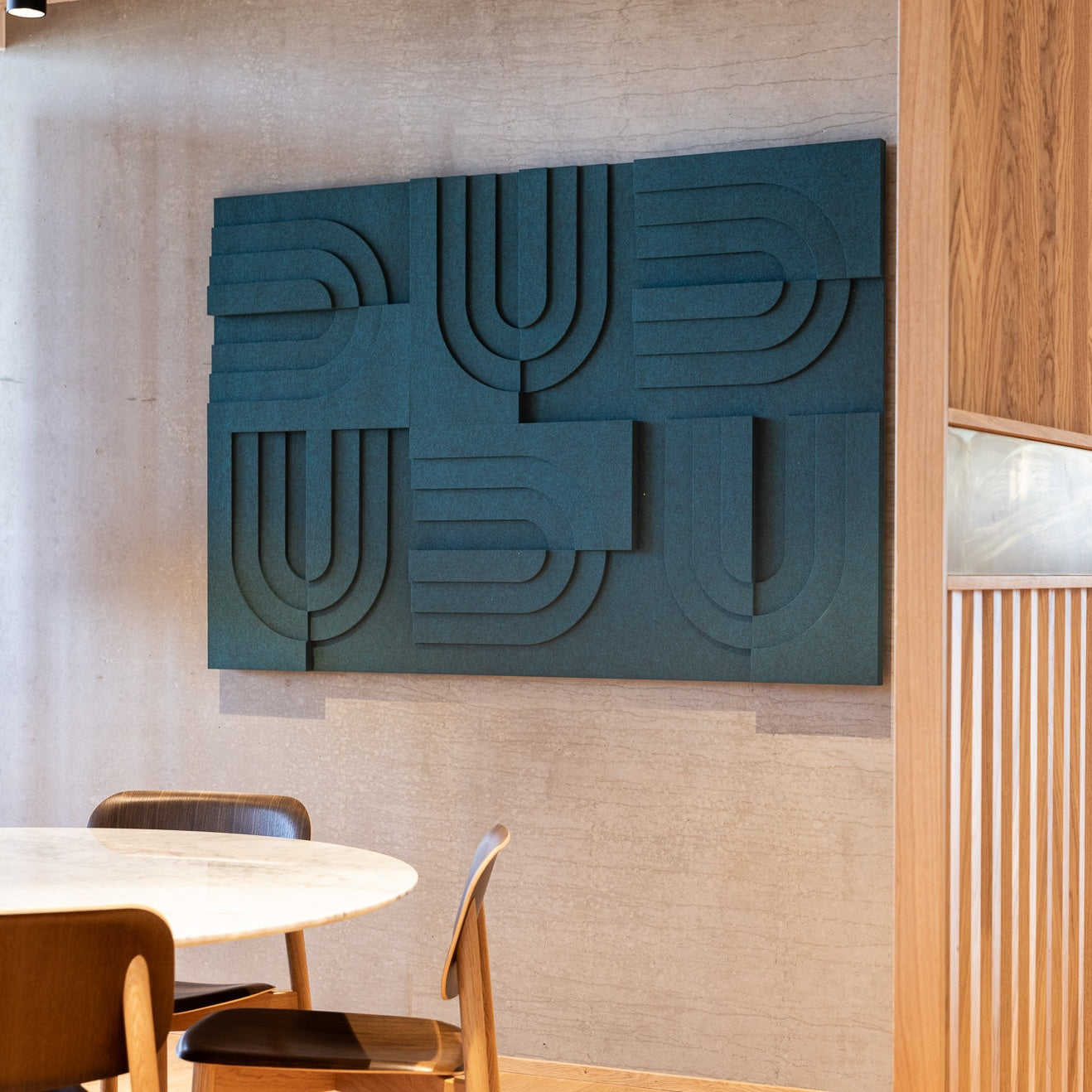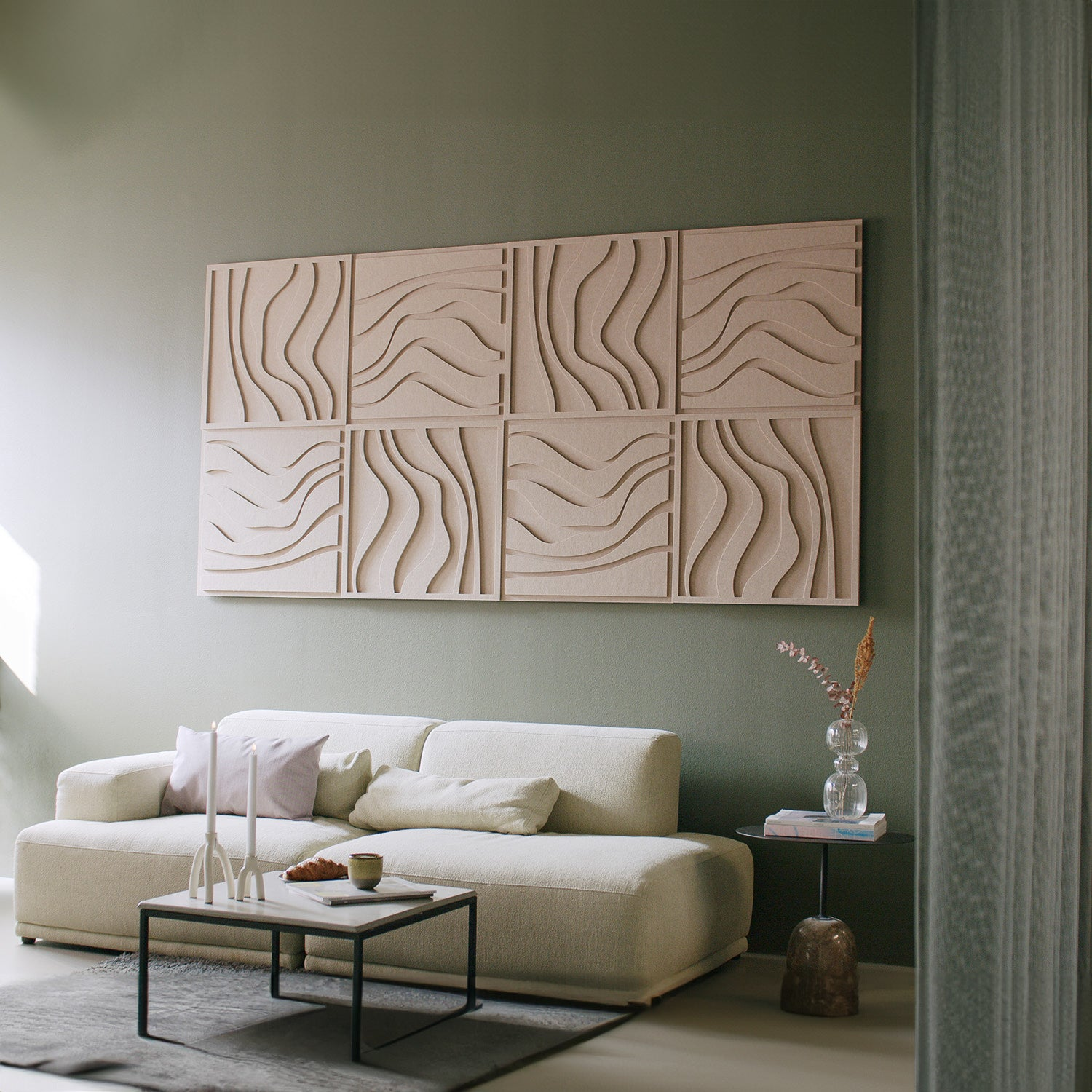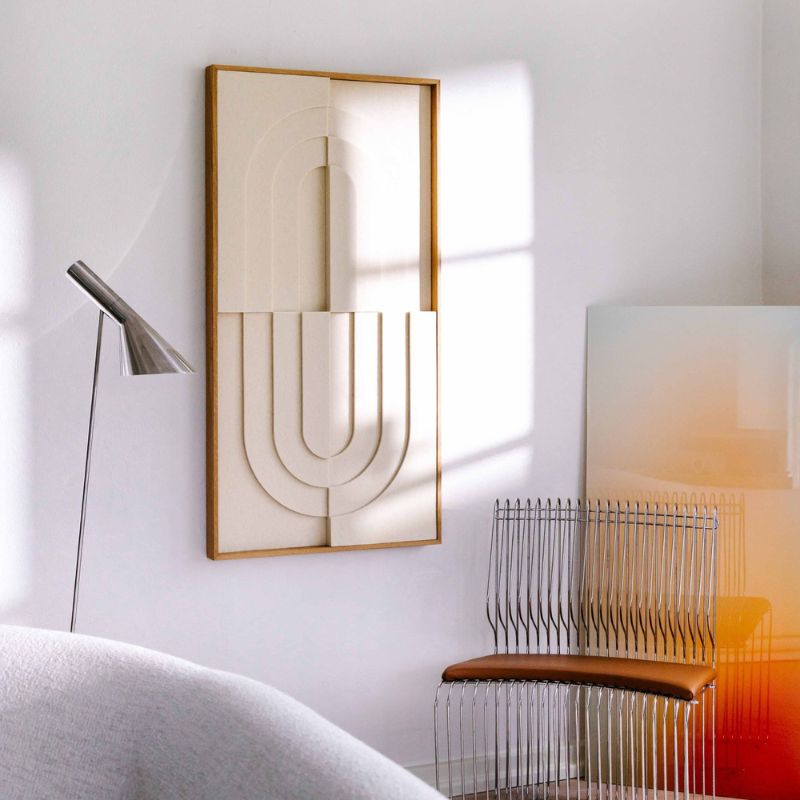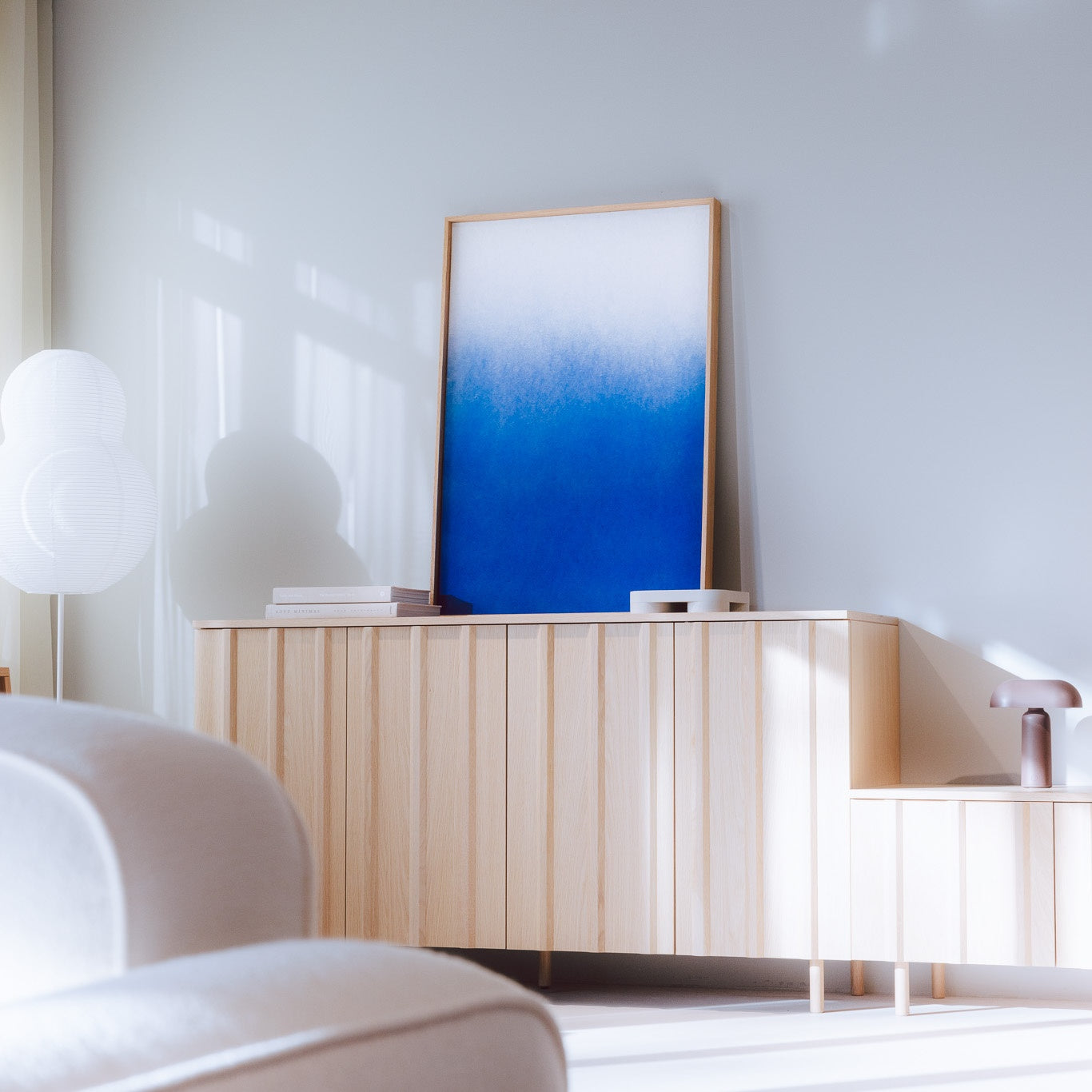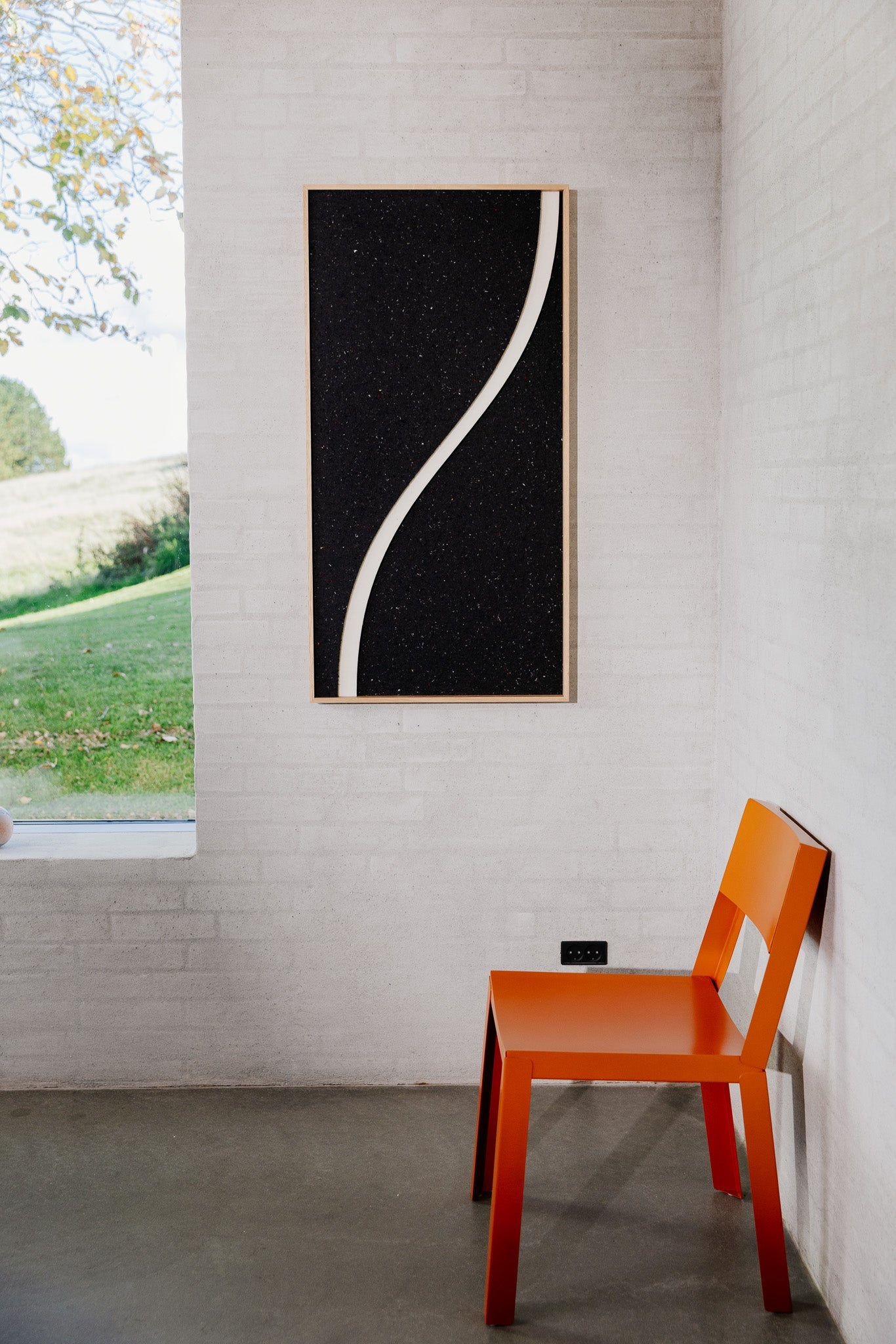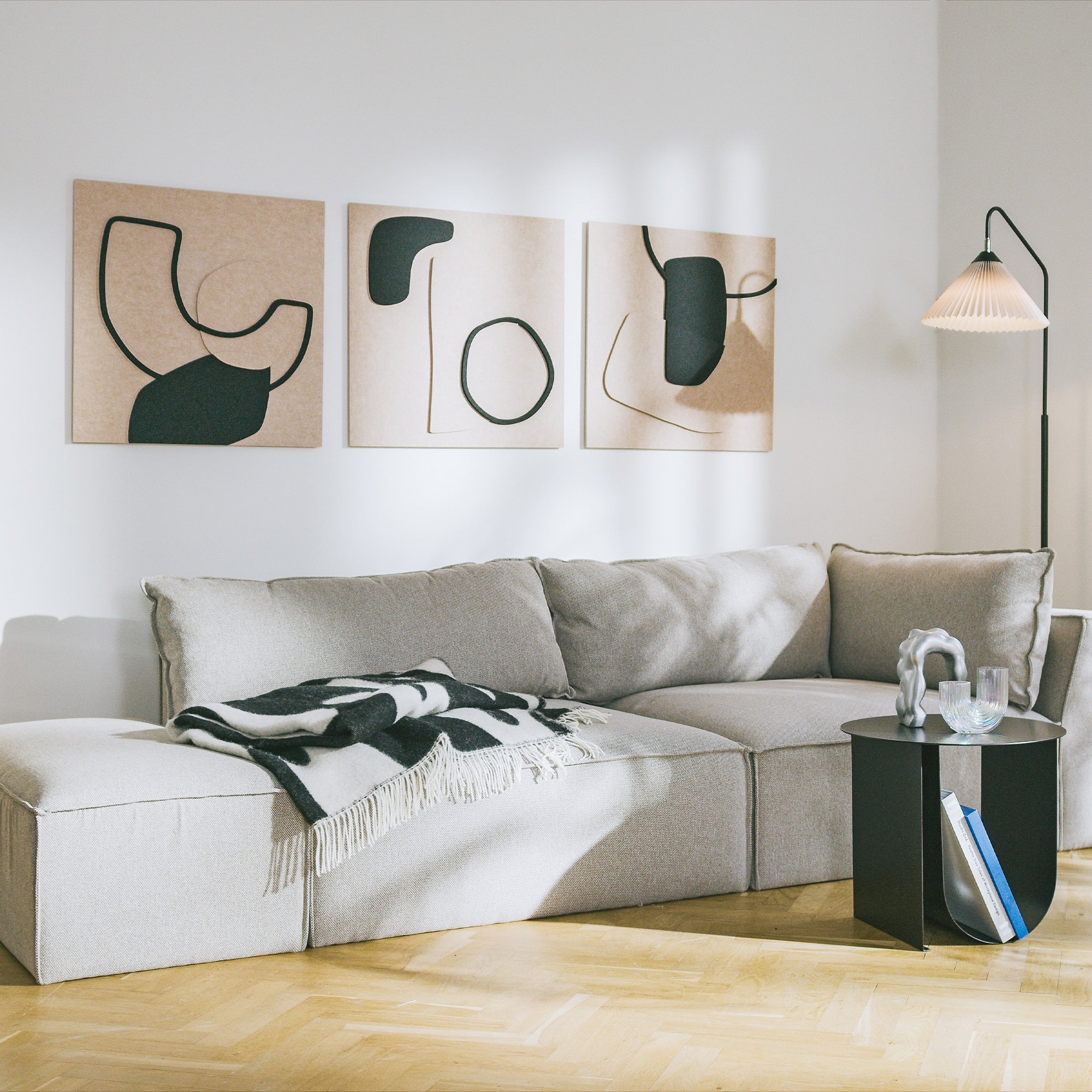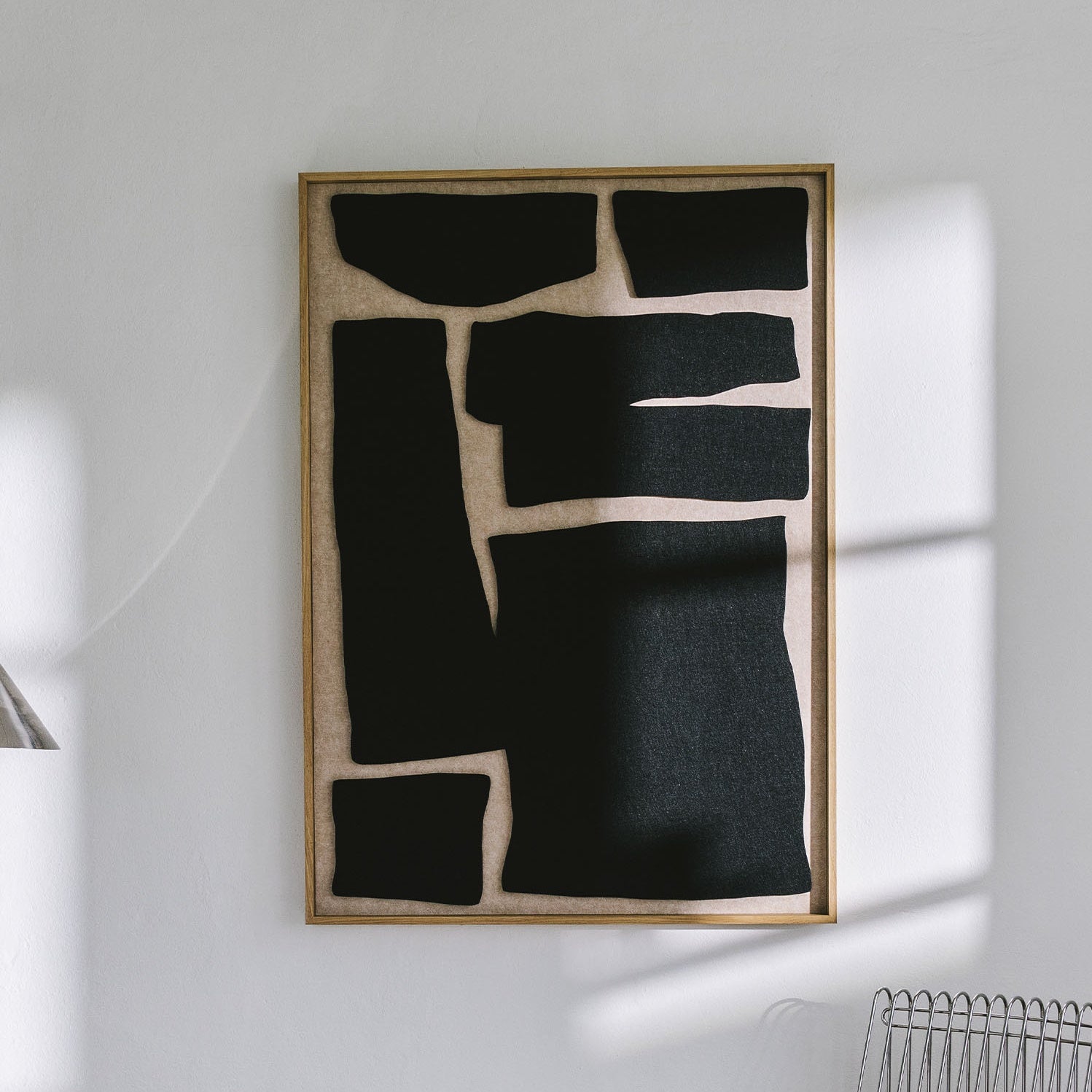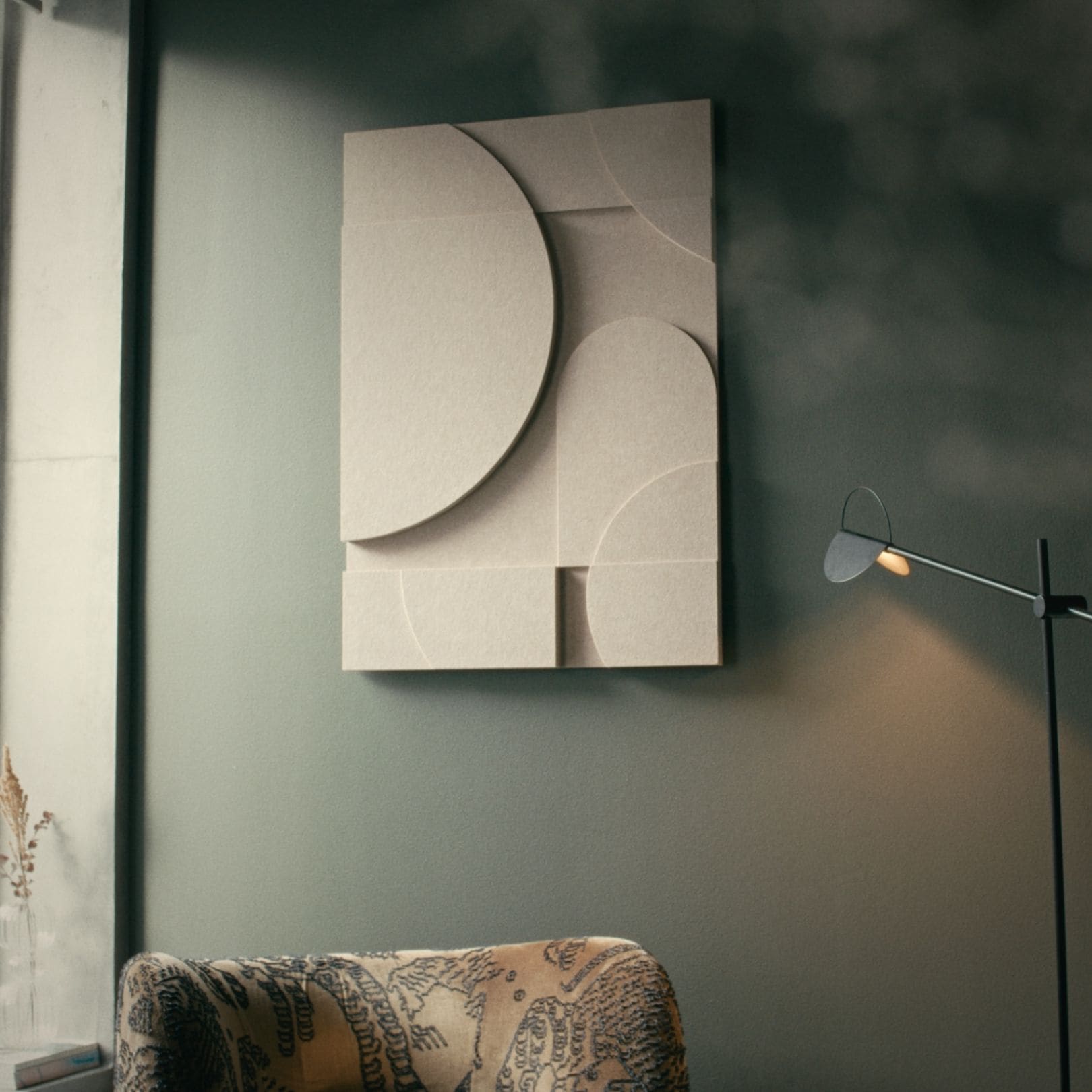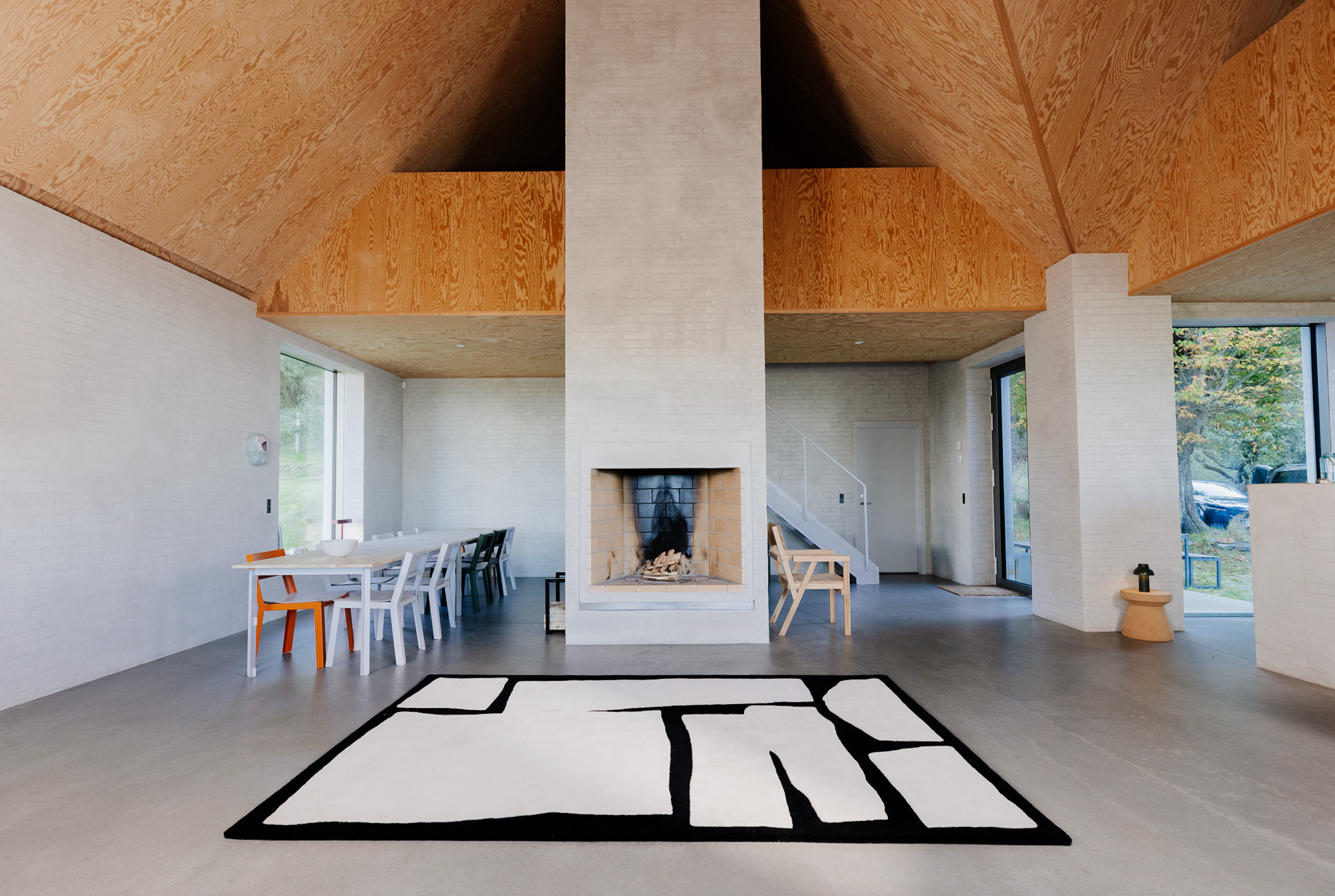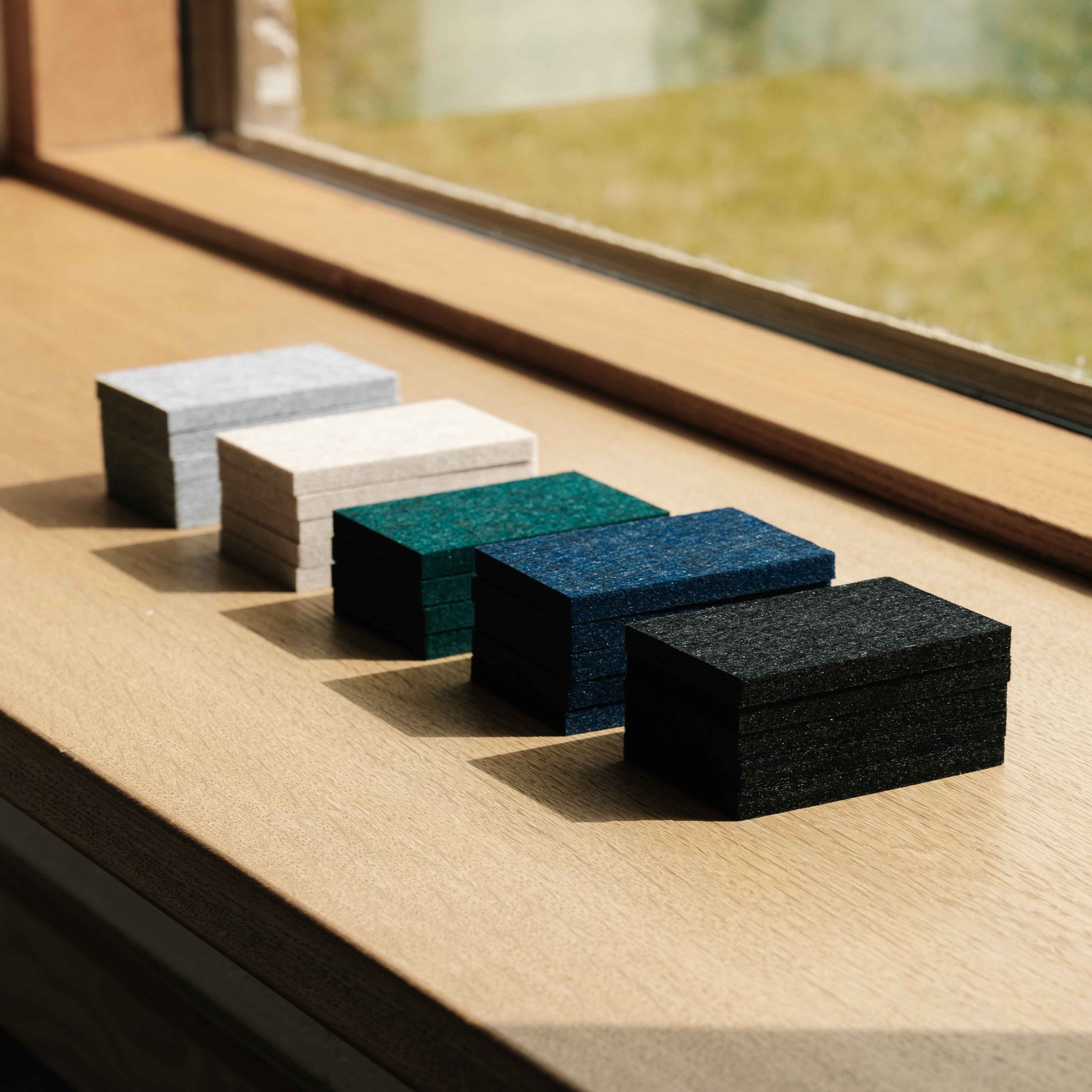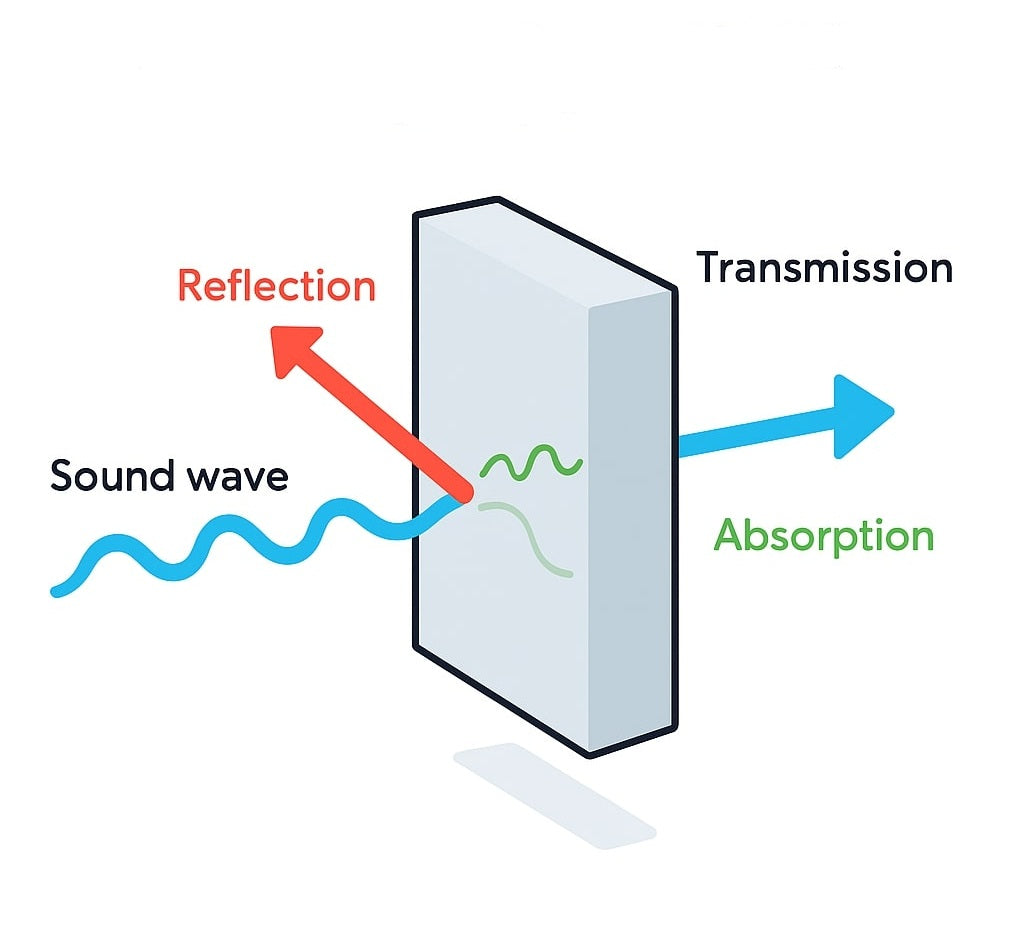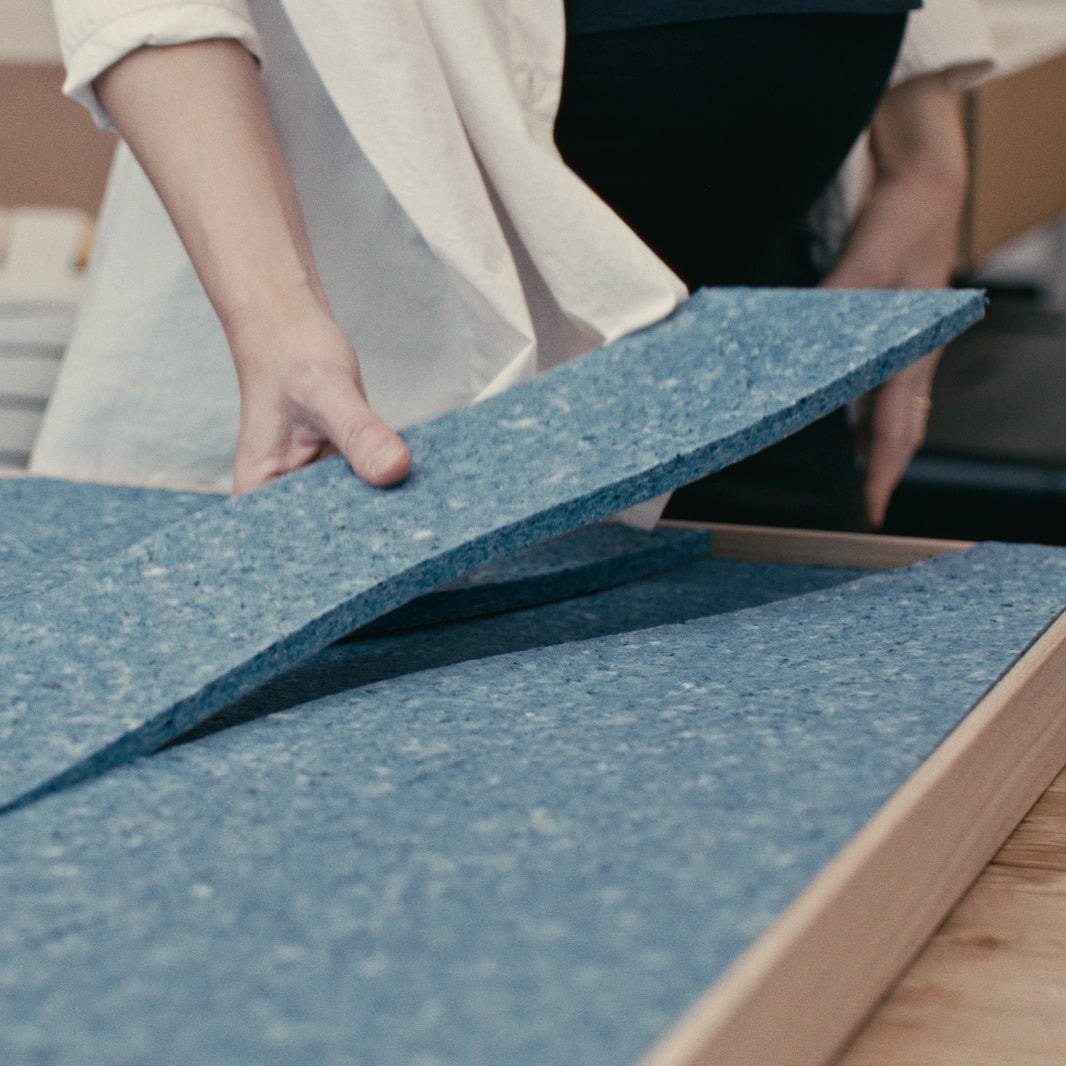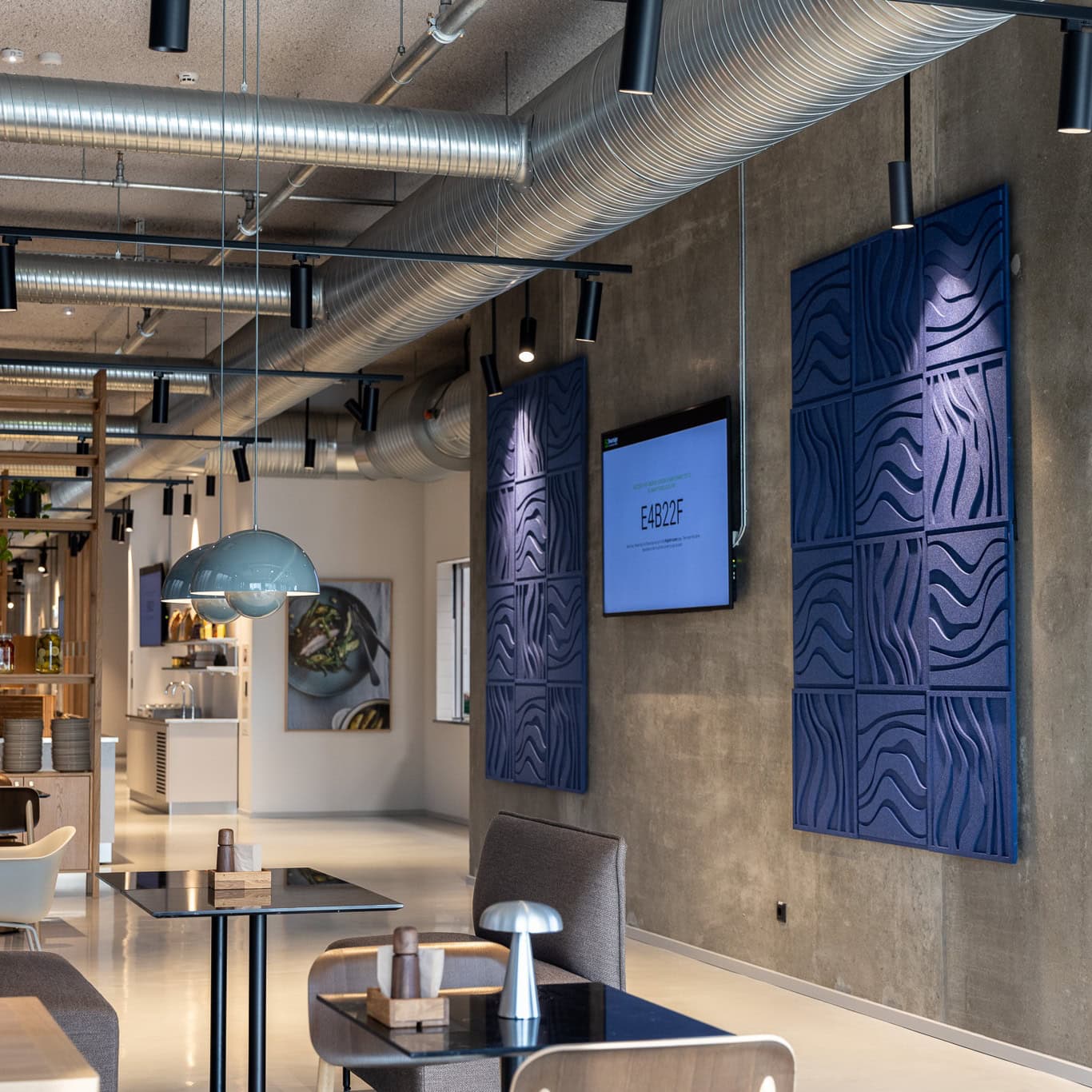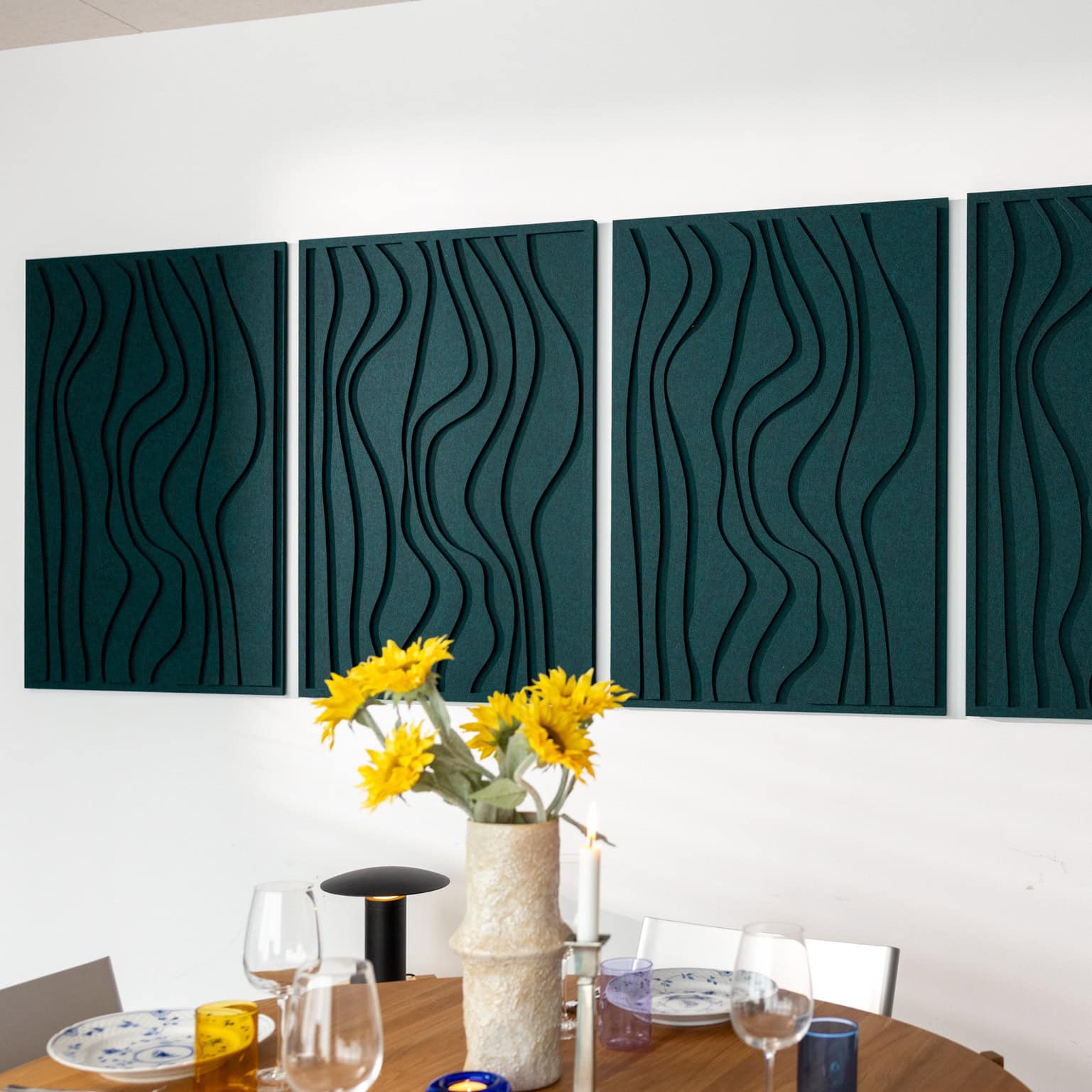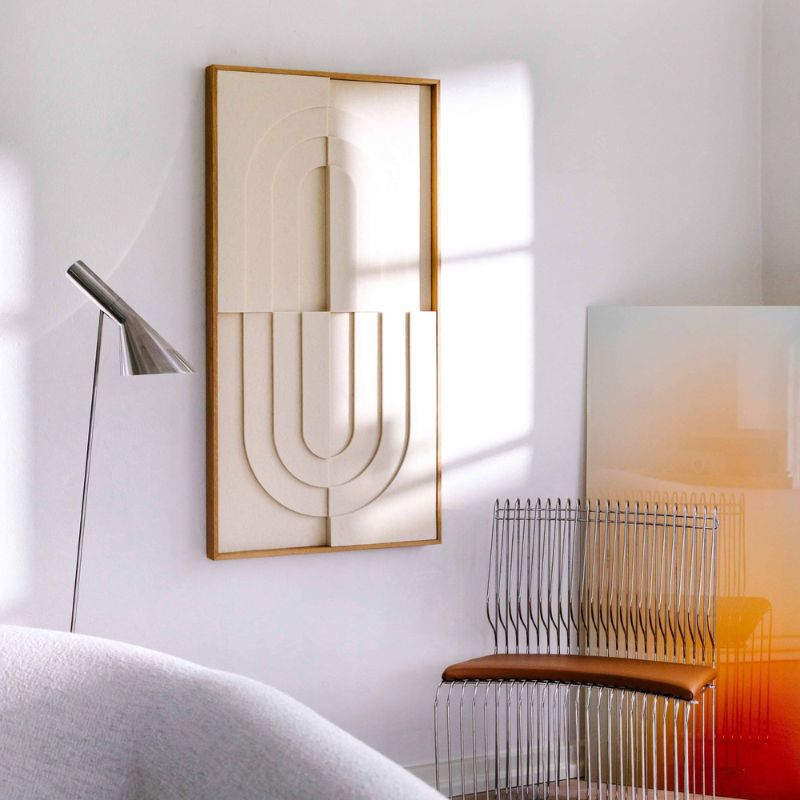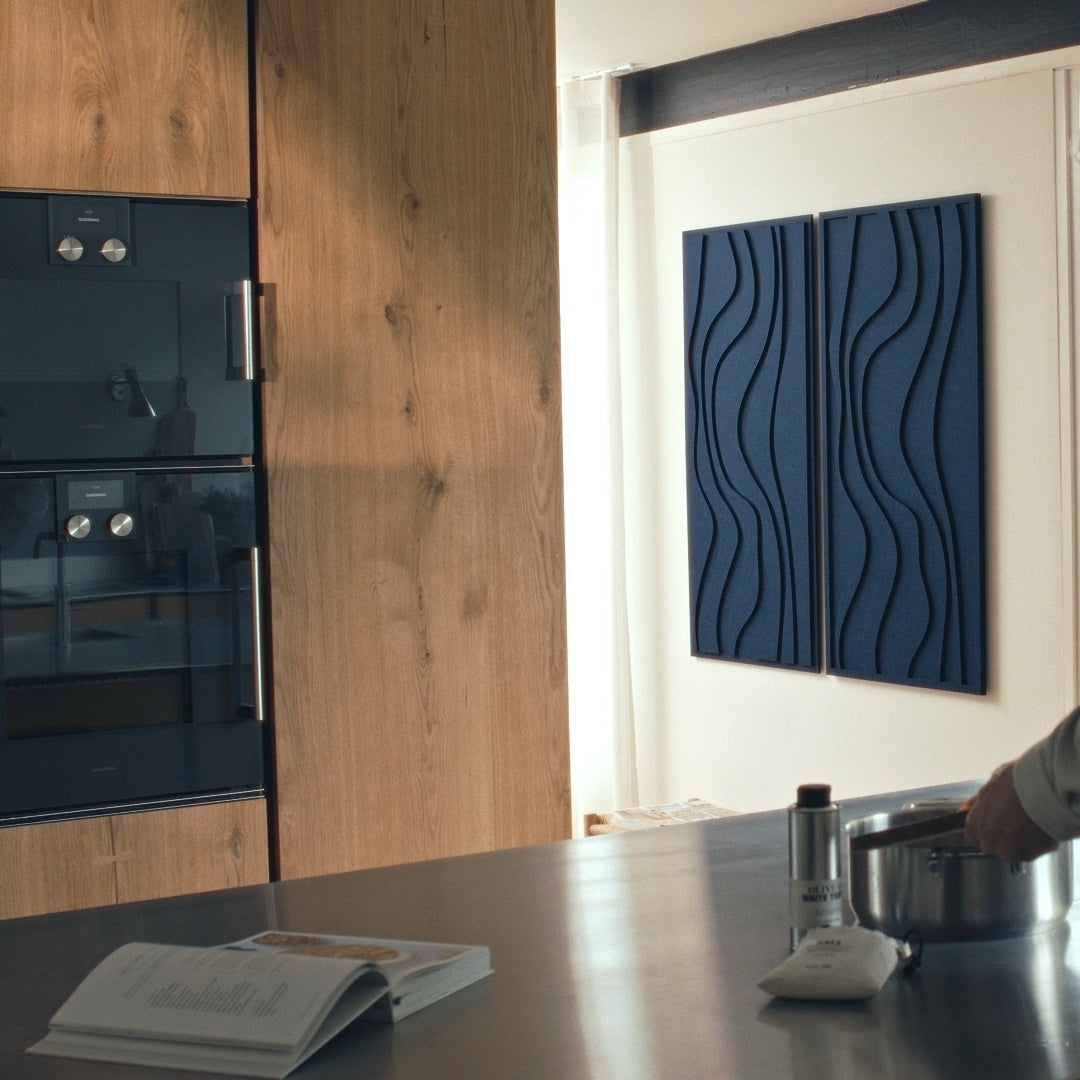
Acoustic panels for every room
When it comes to creating a comfortable sound environment in your home, acoustic panels are a versatile solution that can be customized for any type of room. Whether it's in the bathroom, entryway, kitchen, office, bedroom, or living room, acoustic panels can help reduce noise and improve sound quality.
At Arturel, we offer many different solutions to meet these various acoustic challenges. To better understand the effect of improved acoustics, we have put together a guide here. You can also read about all the scientific approaches to better acoustics here. But let's delve into all the improvements in the different rooms of the home.
Acoustic Panels in the Bathroom - Create an Oasis of Calm
The bathroom is not only a place for personal care but also a sanctuary where you can relax and recharge. However, if the noise level is too high, it can be difficult to achieve the desired feeling of calm. This is where acoustic panels come in as a solution to create a sound environment that supports relaxation and well-being.
When you install acoustic panels in the bathroom, you go beyond just creating a visual aesthetic - you invest in your personal sound comfort. These panels are designed to absorb sounds from faucets, showers, toilets, and other sources, reducing echo and reverberation in the room. The result is a more comfortable atmosphere where you can enjoy your bath or morning routine without distractions.
Additionally, acoustic panels can also help improve the acoustics in smaller bathrooms, where sound tends to be amplified due to the limited room dimensions. By reducing reverberation, the panels can create a more balanced sound experience, making it comfortable to spend time in the bathroom, whether it's for a relaxing bath or getting ready for the day. For this room, we would definitely recommend our Wave Tile, as it fits well size-wise and the waves harmonize with the flowing water in the bathroom.

Acoustic Panels in the Entryway - A Welcome Reduction in Noise
The entryway serves as the first impression of your home and is often a high-traffic area. However, the high activity can lead to unwanted noise that can make the entrance to your home less inviting. This is where acoustic panels come to the rescue with their ability to reduce reverberation and dampen the sound of footsteps, slamming doors, and voices, creating a more peaceful and pleasant atmosphere.
These panels absorb sound waves and thus reduce reverberation in the room, resulting in a more balanced sound experience. The result is a welcoming entrance to your home, where the sound doesn't overwhelm but rather welcomes with calm and harmony.
Additionally, acoustic panels can also help improve the acoustics in small entryways, where sound tends to be amplified due to the limited room dimensions. By reducing reverberation, the panels create a more comfortable sound environment, making it easier to enjoy your home from the moment you walk through the door. Here, we would definitely recommend our Wave Special or our Hats and Pants, as they are aesthetically more welcoming than other acoustic works.


Acoustic Panels in the Kitchen - Create Harmony in the Heart of the Home
The kitchen is the heart of the home, where the sound of cooking, laughter, and conversations often blend into a lively symphony. But this harmony can sometimes be overshadowed by excessive noise, making it difficult to concentrate and enjoy the moment. This is where acoustic panels come into play as a lifesaver.
By mounting acoustic panels on the walls of the kitchen, you can create a more comfortable atmosphere where the sound of cooking and conversations is muted, and reverberation is reduced. These panels work by absorbing sound waves and preventing them from being reflected around the room, resulting in a more balanced sound experience.
The reduced noise levels create a more relaxing atmosphere where you can better concentrate on cooking and enjoy meals with family and friends without unnecessary distractions. For this room, our Geometric series would be perfect, as it matches the rounded edges in the kitchen, as well as pots, pans, and other kitchen utensils.

Acoustic Panels in the Office - Improve Productivity
In a home office, where focus and concentration are key elements for efficient work, the sound environment can have a crucial impact on your productivity and well-being. You can read much more about that here. Acoustic panels play a crucial role in creating the ideal sound environment that promotes focus and creativity by reducing noise and improving sound quality.
By installing acoustic panels in your home office, you can create a more comfortable and productive workspace by minimizing background noise and reverberation. These panels absorb sound waves and prevent them from being reflected around the room, resulting in a more balanced and pleasant sound experience.
The reduced noise makes it easier to concentrate on tasks and reduce distracting elements that can negatively affect your workflow. Here, we would definitely recommend our Arch series, as it allows you to create a cohesive mosaic without the visuals dominating compared to concentration.

Acoustic Panels in the Bedroom - Create a Soothing Atmosphere
When it comes to the bedroom, it's important to create an atmosphere that promotes calm and relaxation for a good night's sleep. Acoustic panels can be a crucial factor in creating this desired environment by reducing noise and improving sound quality in the room.
By installing acoustic panels in the bedroom, you can minimize disruptive sounds that can disturb your sleep quality, such as traffic noise, sounds from neighboring apartments, or general background noise. These panels absorb sound waves and prevent them from being reflected around the room, resulting in a more muted and peaceful sound experience.
The reduced reverberation makes it easier to fall asleep and stay in a deep sleep through the night, as the sounds are not amplified or distorted by the room's acoustics. This creates a soothing atmosphere that is ideal for relaxing and resting both mentally and physically. Here, we would recommend either our Wave Long series in ocean blue or petroleum green to provide a calm atmosphere. Additionally, our Arch Kvadrat Really X Arturel would also fit in if you want to hang them as standalone pieces in the room, not directly above the bed.

Acoustic Panels in the Living Room - Optimize Sound Quality
The living room is often the heart of the home, where family and friends gather to relax, watch movies, or enjoy cozy get-togethers. In such lively environments, noise can quickly accumulate and create a less pleasant atmosphere. This is where acoustic panels come into their own as they can be a valuable addition to improving sound quality and creating a more inviting living room.
Acoustic panels can effectively absorb sounds from conversations, TV audio, and music, reducing reverberation and minimizing unnecessary noise. By installing these panels on the walls of the living room, you can create a more comfortable acoustic environment where everyone can enjoy each other's company without being disturbed by excessive noise.
Here, we would particularly highlight our Wave Original, as they offer a subtle and refined aesthetic without stealing the spotlight from the rest of the room. Additionally, their size is perfect for most living rooms.

Still curious about how decorative sound panels can enhance different rooms?
Explore even more practical and inspiring ideas in our guide 5 Places to Use Decorative Sound Panels (That Aren’t Just Studios).


